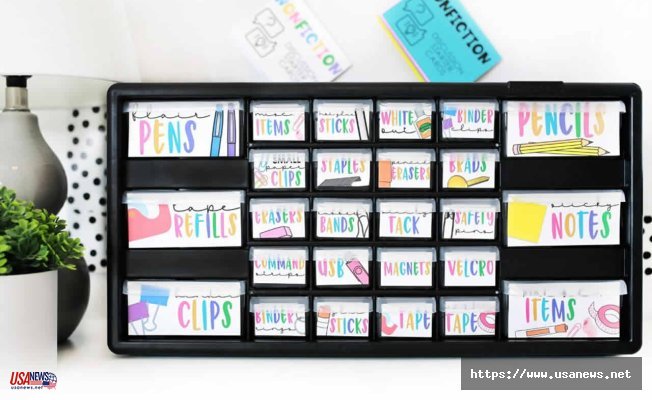Teaching is a dynamic profession that requires educators to wear multiple hats and adapt to diverse learning needs. To effectively engage students and facilitate learning, teachers rely on a variety of essential resources and teaching aids. This blog will explore the invaluable tools that make up a teacher's toolbox, from traditional classroom materials to digital innovations.
Textbooks and Educational Materials
Traditional textbooks and educational materials have been classroom staples for generations. They provide structured content and exercises aligned with curriculum standards. Teachers often use textbooks as a foundation for their lessons and to ensure that they cover essential topics. Supplementary materials, such as workbooks, worksheets, and even lesson plans, which you can learn more about here, complement textbooks and offer students additional practice opportunities.
Whiteboards and Chalkboards
Whiteboards and chalkboards are fundamental teaching aids that allow teachers to illustrate concepts, write down important information, and engage with students in real time. They promote interactive learning and foster class participation. Today, digital interactive whiteboards have become increasingly popular, offering enhanced multimedia capabilities.
Visual Aids and Posters
Visual aids and posters are powerful tools for enhancing comprehension and retention of information. Charts, diagrams, maps, and posters can be displayed in the classroom to provide visual context and support the learning process. They are particularly useful for teaching geography, history, and science subjects.
Educational Software and Apps
In the digital age, educational software and apps have revolutionized teaching and learning. Teachers can use interactive software and apps to create engaging lessons, practice exercises, and assessments. These digital resources cater to various learning styles and often include features like multimedia elements, quizzes, and progress tracking.
Classroom Libraries
A well-stocked classroom library serves as a literary haven that fosters a love for reading and encourages independent learning. With great care, teachers curate collections of books and reading materials that are thoughtfully aligned with their students' diverse interests and varying reading proficiency levels. These classroom libraries do more than just support literacy development; they create a warm and inviting learning environment, where students feel encouraged and nurtured in their educational journey.
Manipulatives and Hands-On Materials
For subjects like mathematics and science, hands-on materials and manipulatives are essential teaching aids. Items like counters, blocks, measuring tools, and science kits allow students to explore concepts through tactile experiences. They foster active learning and help make abstract ideas more concrete.
Audiovisual Equipment
Audiovisual equipment, including projectors, screens, and speakers, enhances multimedia presentations and interactive learning experiences. Teachers can incorporate videos, animations, and educational documentaries into their lessons to engage students and reinforce concepts.
Online Resources and Learning Platforms
The internet has opened up a wealth of online resources and learning platforms for educators. Teachers can access educational websites, digital libraries, and collaborative learning platforms to enrich their lessons and provide students with additional resources. Learning management systems (LMS) facilitate communication, assignment submission, and progress tracking.
Teaching Aids for Special Needs
Educators dedicated to providing tailored support for students with special needs frequently employ a range of specialized teaching aids and cutting-edge assistive technologies. These invaluable tools include braille materials, augmentative communication devices, and sensory tools, all of which play a crucial role in fostering inclusive and accessible learning environments. Through the careful integration of these aids, educators empower students with diverse needs to thrive and actively participate in their educational journey.
Personalized Learning Tools
In the era of personalized learning, adaptive software, and online platforms tailor lessons to individual student's needs and abilities. These tools provide targeted instruction, track progress, and offer real-time feedback, enabling teachers to differentiate instruction effectively.
Professional Development Resources
Teachers are lifelong learners, and professional development resources are crucial for staying updated with best practices and teaching strategies. Workshops, webinars, conferences, and instructional books provide continuous growth and improvement opportunities.
Classroom Management Tools
Effective classroom management is essential for maintaining a productive and organized learning environment. Teachers use tools like seating charts, behavior charts, and digital gradebooks to track student progress, manage behavior, and communicate with parents.
Conclusion
A teacher's toolbox is a diverse collection of resources and teaching aids that support effective instruction and student learning. From traditional materials like textbooks and whiteboards to innovative digital tools and personalized learning resources, educators have access to a wide range of resources to create engaging and impactful lessons. By harnessing the power of these teaching aids, teachers can inspire curiosity, foster critical thinking, and empower their students to succeed in their educational journey.













